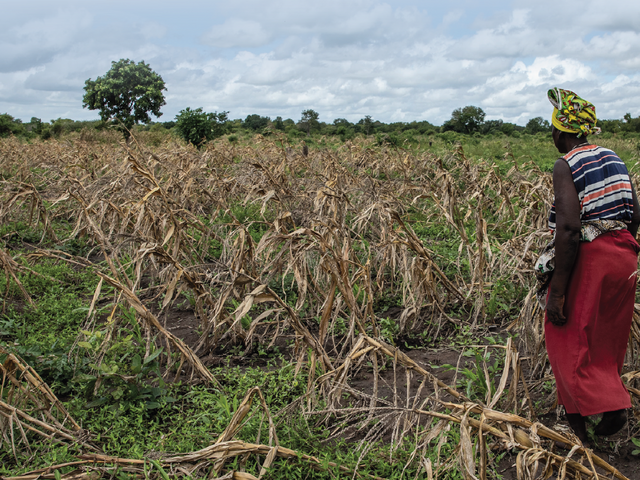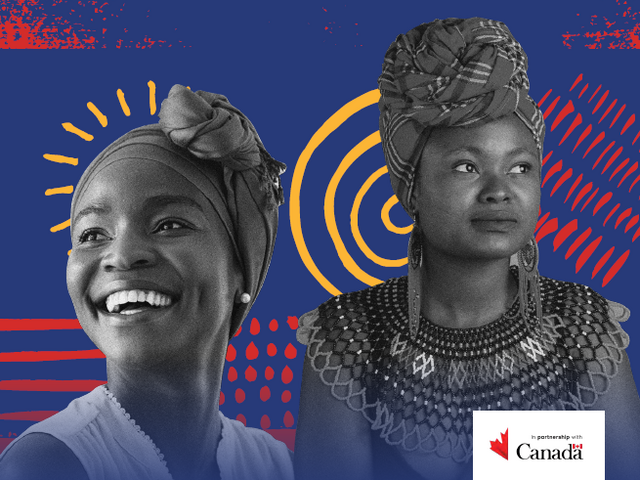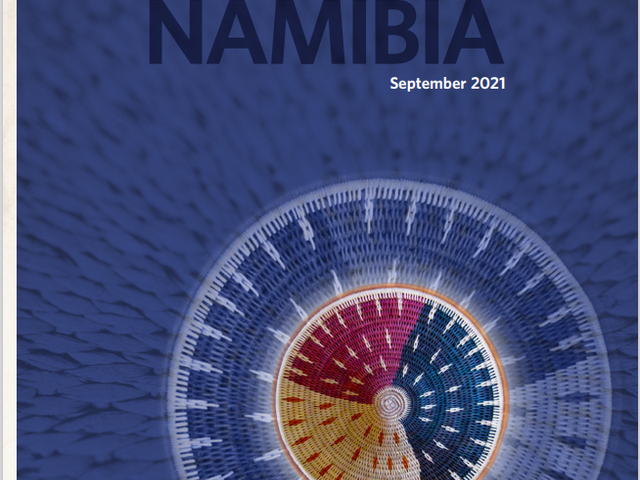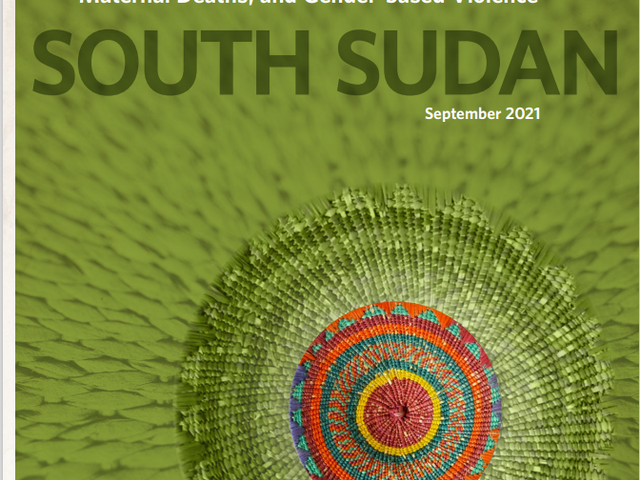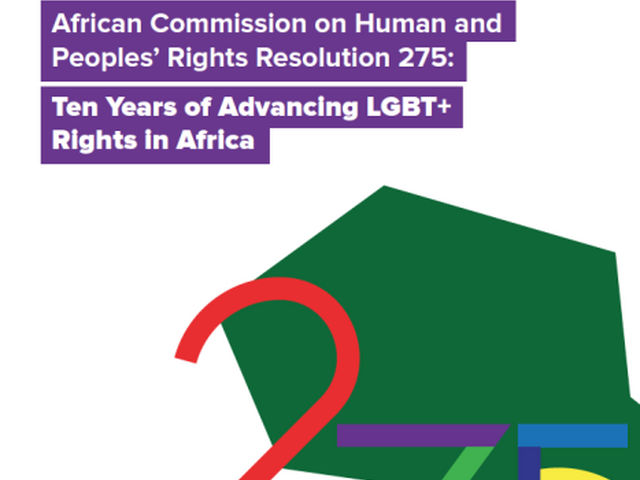Fresh Insights - When Climate Shakes the System: HIV & SRHR in the El Nino responses
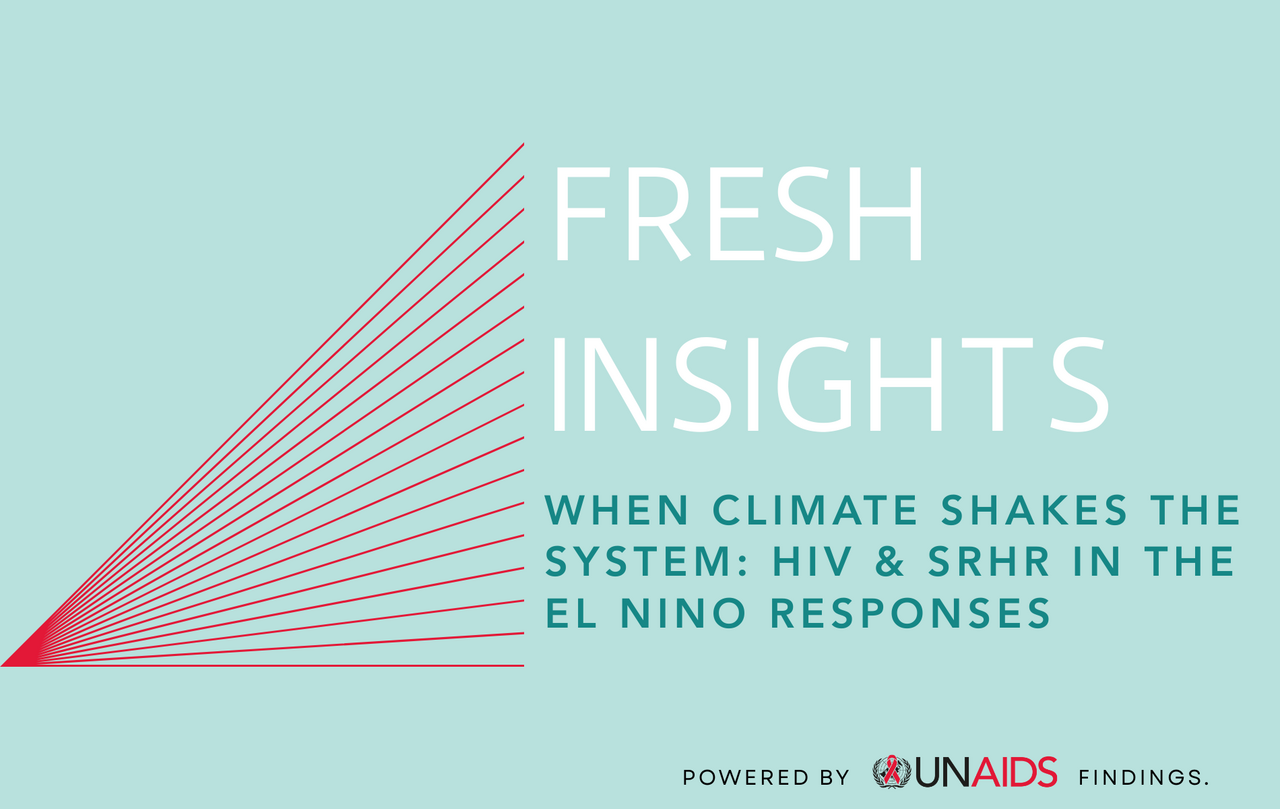
When Climate Shakes the System: HIV & SRHR in the El Nino responses
UNAIDS RST ESA’s Fresh Insights is a series of monthly, short, ‘bite-size’ interactive meetings to share new evidence in the HIV response including methodologies findings and recommendations.
To commemorate World Humanitarian Day, UNAIDS held a special session of Fresh Insights that took a deep dive into an assessment of the emergency preparedness, response and recovery of the El Nino crises of 2016 and 2024 in Southern Africa.
The study focused on HIV, sexual and reproductive health and rights (SRHR) and related vulnerabilities including gender-based violence, food insecurity and displacement in recent El Niño events. The analysis of the study highlights how climate shock intensified existing HIV and SRHR challenges, despite specific improvements and applied learnings between the two time periods.
Although the 2023/2024 El Niño event was climatically less severe than that of 2015/2016, its impact was more widespread, affecting 61 million people compared to 32 million previously. The study details improvements in preparedness, including earlier risk communication and innovative service delivery models such as multi-month dispensing of antiretroviral therapy and mobile outreach clinics. These approaches contributed to improved retention in HIV care, especially in remote and drought-affected areas.
Despite these advances, the integration of HIV and SRHR into drought responses remained limited. Participants consistently reported a lack of clear guidance, inadequate resources, and weak prioritization of HIV in humanitarian settings. Drought exposure was associated with an 11% increase in HIV infection rates, alongside declines in HIV testing and increases in high-risk sexual behaviors, including transactional and intergenerational sex. Key populations, such as LGBTQ+ individuals, sex workers, and people who inject drugs, remained underserved in emergency planning and response.
In the study gaps were also identified in addressing SRHR and gender-based violence (GBV). While there were examples of community health workers being trained as GBV monitors and increased emphasis on the theme in 2023/2024, referral and reporting systems remained underdeveloped. Community engagement improved, with examples of youth-led and community-driven actions, but their involvement was often too late in the planning cycle.
Key recommendations include:
- Systematic integration of HIV and SRHR into climate and disaster risk response plans;
- Tailored strategies for reaching key populations during emergencies;
- Strengthened community engagement, especially youth participation;
- Enhanced GBV prevention and response mechanisms;
- Investments in data systems that capture the intersections of HIV, SRHR, and climate-related risks.
If you would like to dive deeper into the findings, have a look:
- Why we need to integrate HIV/SRHR in emergency responses – El Niño as a case study
- Full recording of the Fresh Insights session on the El Nino study
- Key lessons and recommendations from the El Nino study
